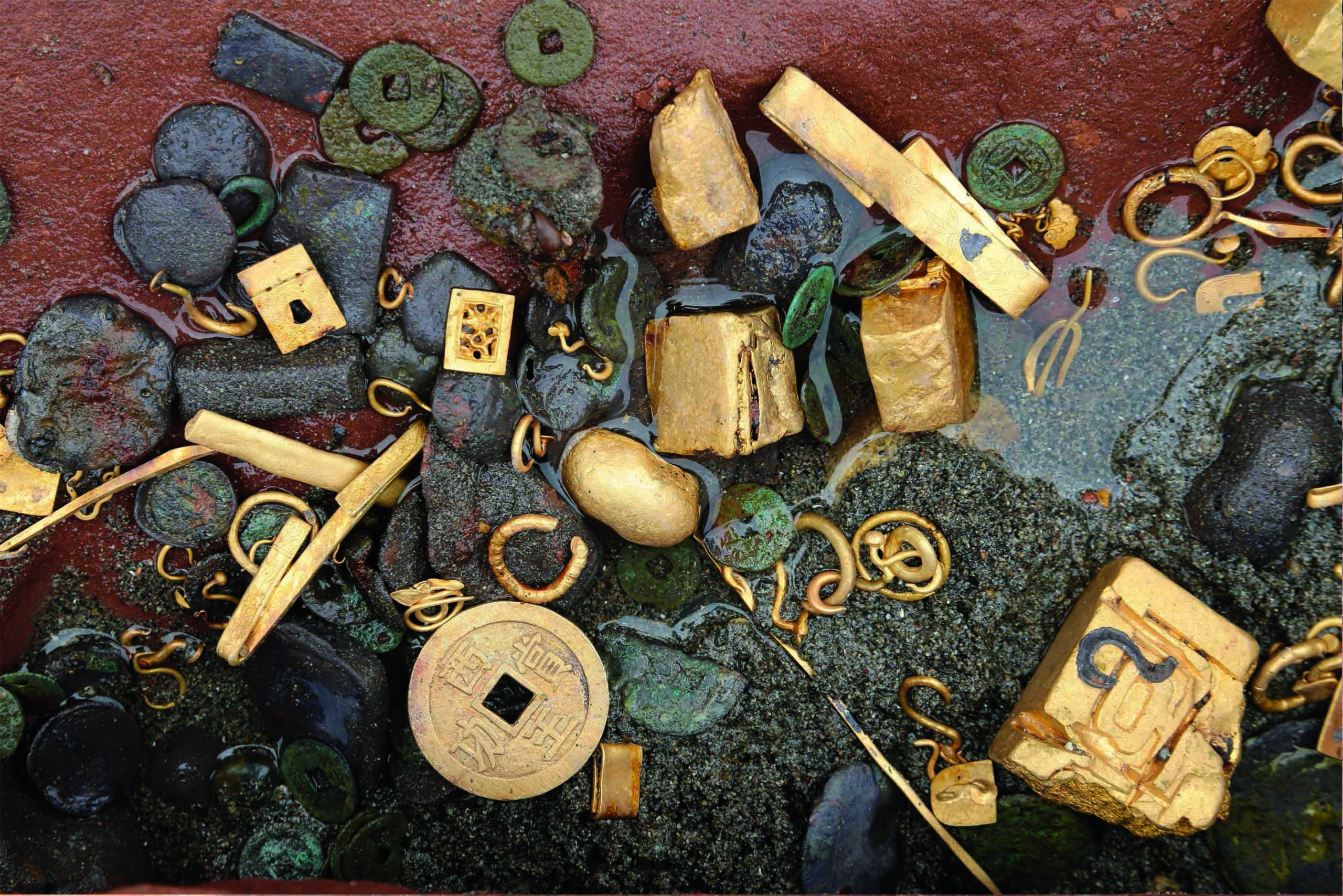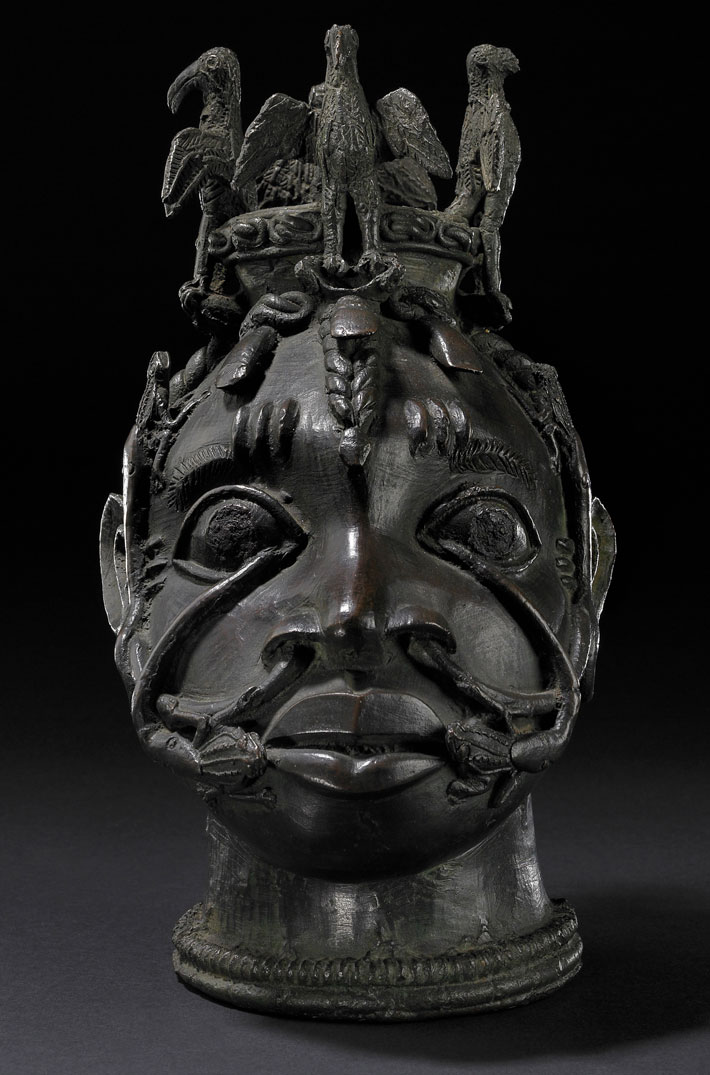
Dozens of enigmatic ivory rings have been found in the graves of Anglo-Saxon women buried in England in the fifth and sixth centuries A.D. Their function has been an open question, as has the source of the ivory. Archaeologists were unsure whether the rings had been carved from walrus, mammoth, or elephant tusks. Researchers performed mass spectrometry, radiocarbon dating, and strontium isotope analysis on one such ring that was recently recovered from a grave in the Lincolnshire village of Scremby. They determined that the ivory came from an East African elephant who lived around 1,500 years ago. The object was likely carved in the Ethiopian city of Aksum and then transported more than 4,000 miles via Mediterranean and European trade networks to the British Isles. (See “Africa’s Merchant Kings.") The rings, which measure four to six inches across, likely provided the framework for fabric bags that wealthy Anglo-Saxon woman wore tied to their waists as a type of status symbol.










